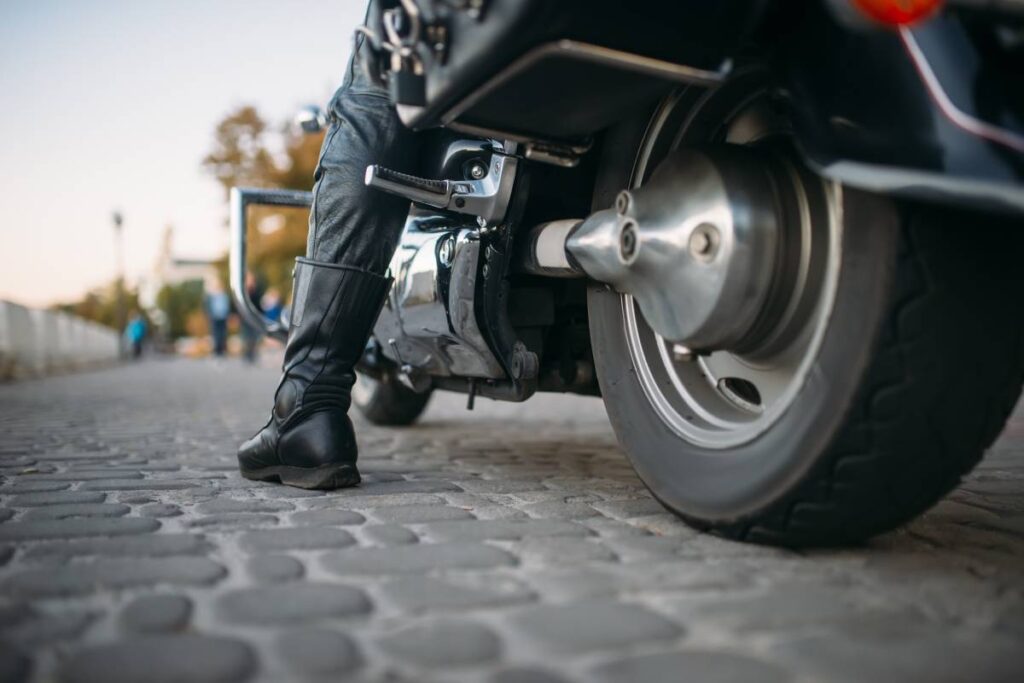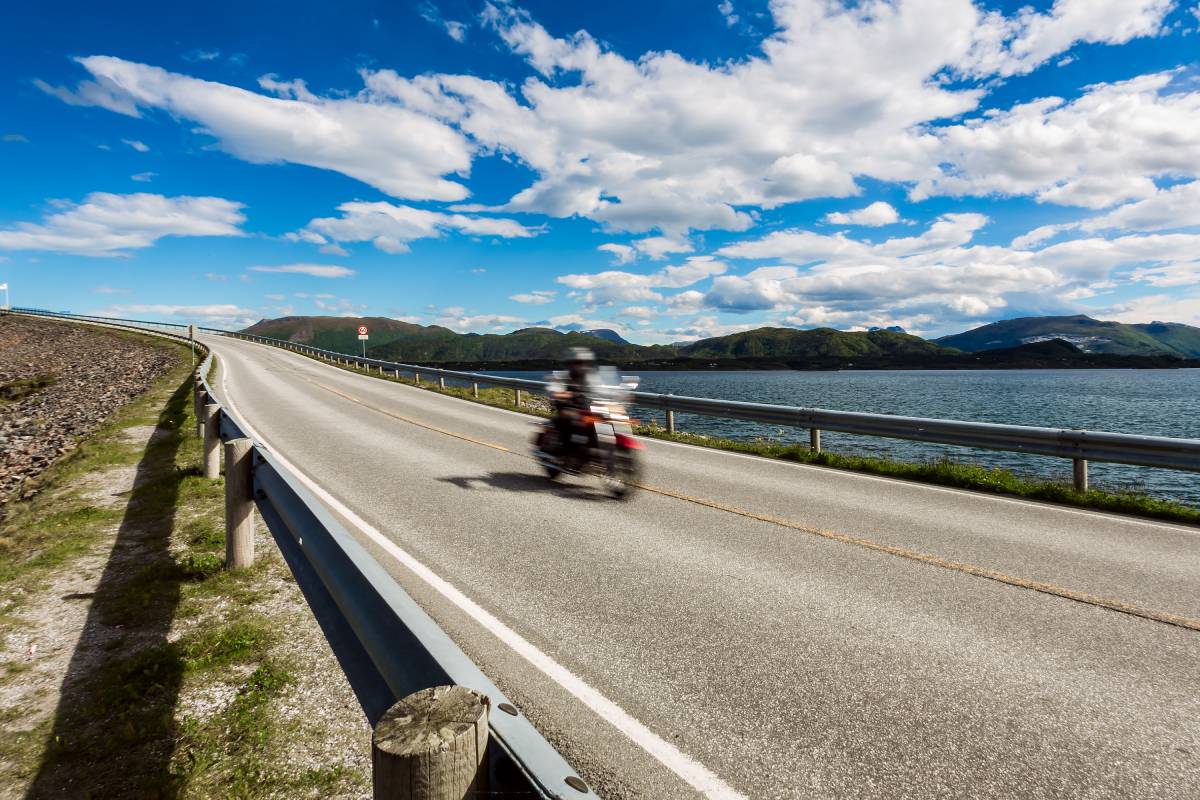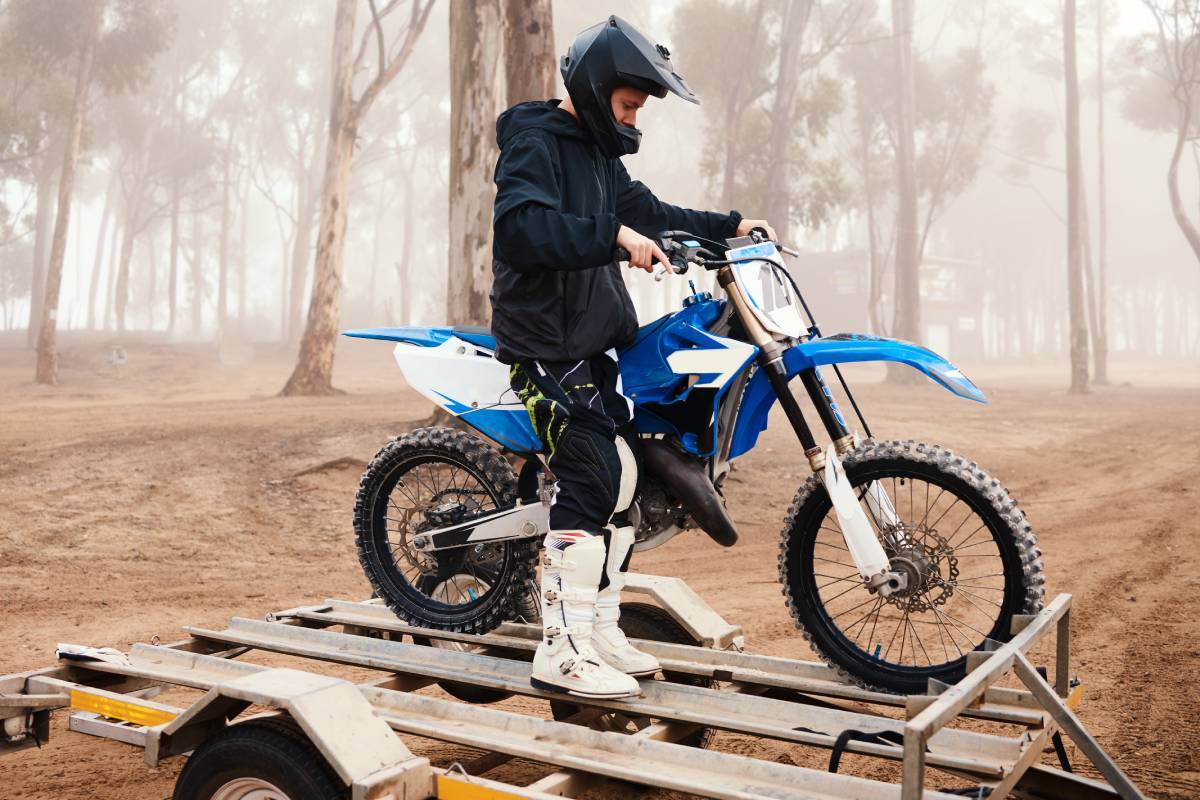What’s the Best Way to Transport a Motorcycle Across Australia?

Australia’s vast landscape makes transporting a motorcycle across the country a significant task. Whether you’re relocating, selling a bike, or planning a cross-country adventure, choosing the right transportation method ensures safety, efficiency, and cost-effectiveness.
This guide explores the best ways to transport a motorcycle across Australia, along with practical tips to make the process seamless.
Assess Your Transportation Needs
Before deciding on a method, consider the following factors:
- Distance: Are you transporting the motorcycle interstate or locally?
- Budget: How much are you willing to spend on transport?
- Timeline: How soon does the bike need to arrive at its destination?
- Condition of the Motorcycle: Is it operational, or does it need special handling?
By evaluating these factors, you can better determine which transport option suits your needs.
Transportation Methods
Ride It Yourself
If your motorcycle is in good condition and the distance is manageable, riding it yourself is often the simplest and cheapest option.
- Pros:
- Cost-effective (only fuel and maintenance costs).
- No need to rely on external services.
- Opportunity to enjoy Australia’s scenic routes.
- Cons:
- Long distances can lead to fatigue.
- Potential wear and tear on the motorcycle.
- Weather conditions may affect your journey.
Professional Motorcycle Freight Services
Professional motorcycle transporters are a reliable and convenient option for interstate transportation. Services like Fillme specialize in safely moving motorcycles across Australia.
- Pros:
- Expert handling and secure transport.
- Suitable for both short and long distances.
- Often includes insurance coverage.
- Cons:
- Can be expensive depending on the distance and service level.
- You’ll need to schedule the transport in advance.
Hire a Trailer or Ute
Renting a trailer or ute allows you to transport the motorcycle yourself. This option is suitable for shorter distances or if you need flexibility.
- Pros:
- Flexible timing.
- Can be more affordable than hiring a professional service.
- Cons:
- Requires careful loading and securing.
- Additional costs for trailer/ute rental and fuel.
- You may need prior experience driving with a trailer.
Rail Transport
Using rail services to transport your motorcycle can be a cost-effective solution for long-distance travel.
- Pros:
- Efficient for cross-country trips.
- Lower carbon footprint compared to road transport.
- Cons:
- Limited pickup and delivery points.
- Requires additional arrangements for getting the motorcycle to and from the station.
Air Freight
Air freight is the fastest but most expensive method. It’s usually chosen for urgent deliveries or transporting high-value motorcycles.
- Pros:
- Fastest delivery time.
- High security for valuable bikes.
- Cons:
- Extremely high cost.
- Limited availability for domestic routes.
Preparing Your Motorcycle for Transport
Proper preparation is essential for ensuring the safety of your motorcycle during transit, regardless of the transportation method you choose. A well-prepared motorcycle not only minimizes the risk of damage but also makes the process smoother and more efficient.
Clean Your Motorcycle
Start by washing your motorcycle thoroughly to remove dirt, grime, and debris. A clean bike allows you to clearly inspect its surface for any existing damage such as scratches, dents, or chips. This step is particularly important when working with professional transport services, as it makes it easier to identify any potential issues that may arise during transit.
Document Existing Damage
Before handing over your motorcycle for transport, take clear and detailed photos of it from multiple angles. Focus on any pre-existing imperfections, including scratches, dents, or other blemishes. Having a visual record is invaluable for filing an insurance claim in the unlikely event of damage during transportation.
Secure Loose Parts
Ensure all loose components, such as mirrors, saddlebags, and accessories, are either removed or securely fastened. These parts are particularly vulnerable during transit and could be damaged or cause damage to other parts of the bike if not properly secured.
Check Fluid Levels and Battery
- Drain fuel to about ¼ of the tank to reduce weight and comply with safety regulations.
- Disconnect the battery to prevent electrical issues.
Inflate Tyres
Properly inflated tyres act as a cushion, absorbing vibrations and impacts during the journey. This step ensures that the motorcycle remains stable and protected, particularly if it’s being transported over long distances or rough terrain.
Cost of Motorcycle Transport in Australia
The cost of motorcycle transport varies depending on several factors:
- Distance: Longer distances generally cost more, but the price per kilometre decreases with greater distances.
- Type of Service: Door-to-door services are more expensive than depot-to-depot options.
- Motorcycle Size and Weight: Larger bikes incur higher costs.
- Additional Services: Insurance, crating, or expedited delivery may add to the total cost.
Average Costs:
- Local transport: $150–$300 AUD
- Interstate transport: $300–$700 AUD
- Cross-country transport: $800–$1,500 AUD
Insurance and Liability
Transporting a motorcycle always carries a degree of risk. Ensure your bike is insured for transit. Many professional services include insurance in their quotes, but you should:
- Verify the coverage details.
- Check if the policy covers damage, theft, or loss.
- Consider purchasing additional insurance for high-value motorcycles.
Tips for a Hassle-Free Motorcycle Transport
Transporting your motorcycle across Australia can be a smooth experience if you follow these practical tips. Whether you’re relying on professional services or planning a DIY approach, a little preparation goes a long way.
Choose a Reputable Transporter
Selecting a trustworthy motorcycle transport service is essential for ensuring your bike’s safety during transit. Research companies with excellent customer reviews, transparent pricing structures, and robust insurance policies. A reputable transporter will offer clear communication, provide updates during the journey, and handle your motorcycle with care. Checking for industry certifications and testimonials can also help you make an informed choice.
Plan Ahead
Booking your transport service early, especially during peak moving seasons, can save you both time and money. Advance planning allows you to secure the best rates and ensures availability for your preferred dates. Last-minute arrangements can be more expensive and limit your options, so start your preparations as soon as you know your transport needs.
Communicate Clearly
Provide accurate and detailed information about your motorcycle, including its dimensions, weight, and any special requirements it may have. If your bike has custom features or modifications, let the transporter know in advance. Clear communication reduces the chances of misunderstandings and ensures the transporter is fully prepared to handle your bike.
Use Proper Equipment for DIY Transport
If you’re transporting the motorcycle yourself, invest in high-quality equipment like aluminium loading ramps and trailers. Use strong, durable straps to secure the bike, and a wheel chock to keep it stable. Check that your trailer or ute is suitable for motorcycle transport, with tie-down points and adequate space. Taking the time to secure your bike properly prevents accidents and damage during the journey.
Consider the Environmental Impact
Environmentally conscious riders may want to consider the carbon footprint of their transport method. Rail transport and professional freight services are generally more eco-friendly compared to DIY methods, which may require extra fuel and resources. Opting for a greener solution helps reduce your environmental impact while ensuring your motorcycle reaches its destination safely.
Conclusion
The best way to transport your motorcycle across Australia depends on your priorities—whether it’s cost, convenience, or speed. Professional motorcycle freight services are the most reliable option for long distances, while renting a trailer or riding the bike yourself can work for shorter trips. By assessing your needs, preparing your motorcycle properly, and choosing a reputable transporter, you can ensure your motorcycle reaches its destination safely and efficiently.
For reliable and professional services, consider getting motorcycle transport quotes in Australia from a trusted provider like Fillme to handle your motorcycle transport needs across Australia.





